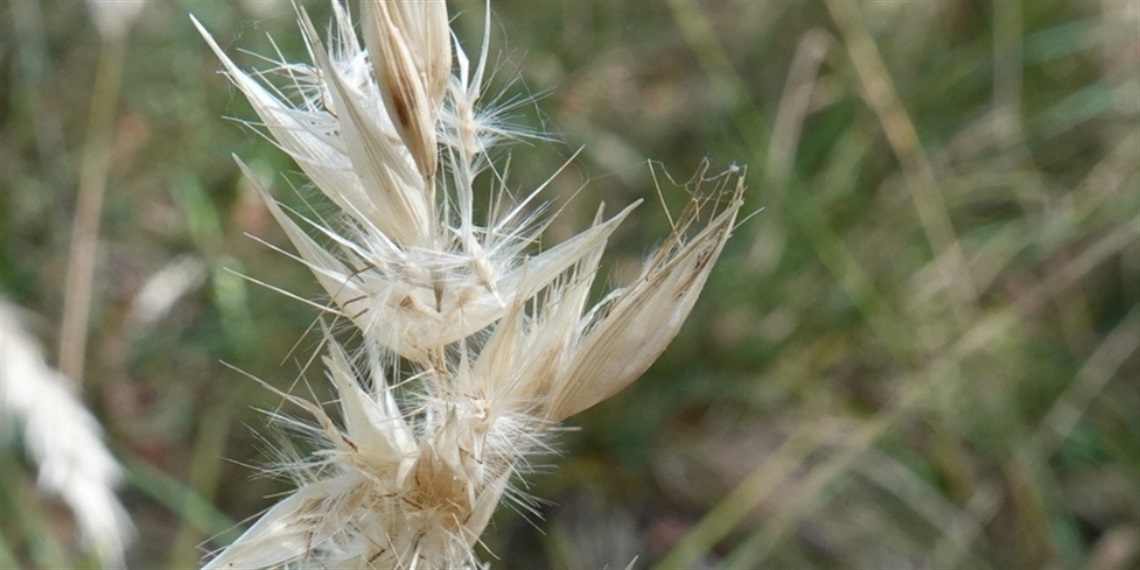Indigenous plant of the month: Wallaby grass
Published on 02 April 2024

Photo of Wallaby-grass by John Cull
Wallaby-grass may not be the first plant that comes to mind when considering your garden landscape plans, but these underrated grasses can be a valuable addition.
An important component of Maroondah’s native ecosystems and often used in ecological restoration projects, Wallaby-grasses provide habitat for bees, beetles and butterfly larvae and food sources for small grain eating birds such as the Red-browed Finch. As with other grasses, Wallaby-grass provides nesting material and protection for small wildlife. First Nations people also used these grasses as a source of food and for crafting items such as nets.
On top of their ecological and cultural values, Wallaby-grass are some of the easiest plants to grow in the garden, requiring minimal irrigation and little or no fertiliser to establish. Some species are good colonisers and will readily self-seed - great for filling in areas of bare soil.
Ideal for underplanting, rockeries and cottage gardens, they are happy to be mixed with other indigenous grass species, wildflowers and herbs, and can form part of a native meadow. Some species can even be used as a lawn replacement (e.g. R. racemosum and R. setaceum). From an aesthetic standpoint, Wallaby-grass produces unique, often fluffy seed heads, adding visual appeal to a garden, while other species such as Red-anther Wallaby-grass form graceful weeping tussocks.
Maroondah is home to a variety of species of Wallaby-grass, such as Purplish (R. tenuius), Clustered (R. racemosum), Silvertop or Red Anther (R. pallidum), Common (R. caespitosum), Slender (R. penicillatum), Small-flowered or Bristly (R. setaceum), Kneed (R. geniculatum) Copper-awned (R. fulvum) and Velvet (R. pilosum) Wallaby-grass. However, not all will be commercially available at all times.
If you’d like to add some Wallaby-grass goodness to your garden, we recommend visiting CRISP Nursery or Candlebark Nursery for species indigenous to Maroondah. Planting non-indigenous grasses can lead to them spreading into bushland reserves and impacting the delicate ecological balance. For more information email nature@maroondah.vic.gov.au